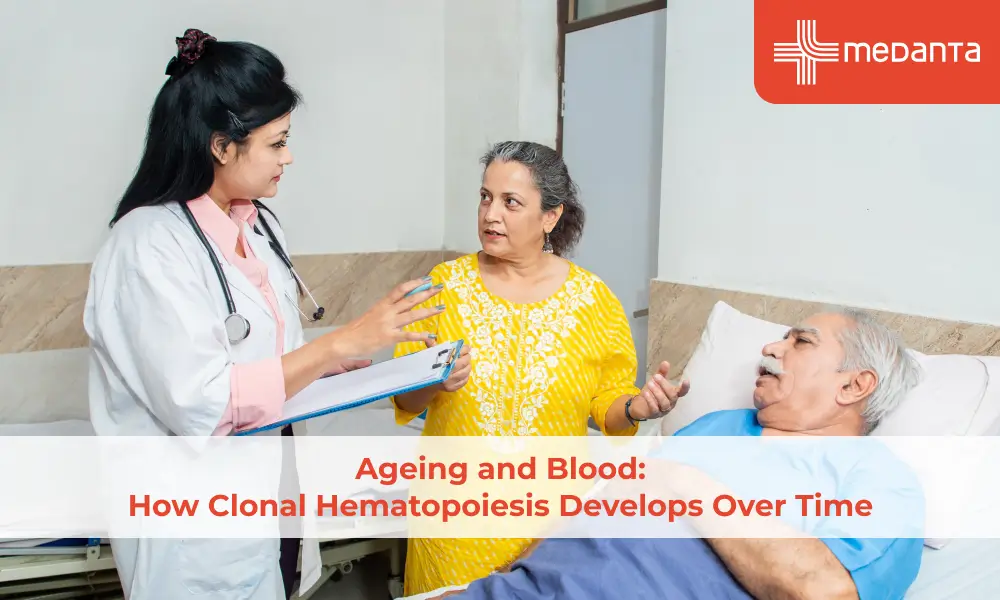Breast Reconstruction and Body Image: Embracing Your New Normal

Breast reconstruction is a deeply personal and significant decision many women face. This process, while it aims to rebuild what cancer or surgery may have altered, isn't just about physical transformation—it's about reclaiming your sense of self and redefining your body image.
Understanding that each woman's journey to accepting and loving their "new normal" varies, the goal here is to provide compassionate insight and practical advice. For those considering or undergoing breast reconstruction, know that it's more than a medical procedure; it's a step towards healing both physically and emotionally.
It’s important to equip yourself with all the necessary information to make informed choices best suited to your personal health and well-being. Here, we aim to guide you through this process, offering support and understanding as you explore what this new chapter means for you.
The Role of Plastic Surgery
Plastic surgery plays a pivotal role in breast reconstruction, offering a range of techniques tailored to meet individual needs. When it comes to restoring the breasts after mastectomy, plastic surgeons utilize their expertise to achieve natural-looking results while prioritizing the patient's preferences and goals.
1) Implant-Based Reconstruction
One of the primary techniques employed in breast reconstruction is implant-based reconstruction. In this approach, breast implants are used to recreate the shape and volume of the breasts.
These implants, typically filled with silicone or saline, come in various sizes and shapes to match the patient's desired outcome. Plastic surgeons work closely with patients to determine the most suitable implant size and placement, ensuring a personalized and satisfying result.
2) Autologous Reconstruction
Another commonly used technique is autologous reconstruction, also known as flap reconstruction. This approach involves using the patient's own tissue, usually harvested from the abdomen, buttocks, or back, to create a new breast mound.
Unlike implants, which are foreign objects, autologous tissue provides a more natural look and feel, integrating seamlessly with the surrounding tissue. While flap reconstruction may require a longer recovery time and more extensive surgery, many patients find the results to be worth the extra effort.
3) Combination Approaches
In addition to these primary techniques, plastic surgeons may employ a combination of approaches to achieve optimal results.
For example, some patients may undergo staged reconstruction, where tissue expanders are initially placed to stretch the skin and create a pocket for the eventual implant. Once the desired expansion is achieved, the tissue expander is replaced with a permanent implant or autologous tissue.
4) Patient-Centered Care
Throughout the breast reconstruction process, plastic surgeons prioritize patient safety and satisfaction.
They work closely with each individual to understand their unique anatomy, concerns, and goals, tailoring the treatment plan accordingly. By combining technical expertise with a compassionate approach, plastic surgeons help patients navigate the complexities of breast reconstruction with confidence and peace of mind.
The Role of Breast Implants
Breast implants are a common choice for many women undergoing breast reconstruction. These silicone or saline-filled devices offer a customizable solution, allowing you to achieve the desired size and shape of your breasts.
With advancements in technology, modern breast implants are designed to look and feel more natural than ever before, providing a sense of confidence and femininity.
1) Enhancing Volume and Shape
Breast implants play a significant role in breast reconstruction by providing a means to restore volume and shape to the breasts after mastectomy.
These implants, typically made of silicone or saline, are carefully selected to match the patient's desired size and contour. By augmenting the breast tissue, implants help recreate a natural-looking silhouette, contributing to improved body image and self-confidence.
2) Customized Options
One of the key advantages of breast implants is the ability to customize the treatment to meet each patient's unique needs and preferences.
Plastic surgeons offer a variety of implant sizes, shapes, and textures, allowing for personalized outcomes tailored to individual anatomy and aesthetic goals. Patients are actively involved in the decision-making process, collaborating with their surgeon to select the most suitable implants for their reconstruction.
3) Versatility in Reconstruction
Breast implants offer versatility in breast reconstruction, accommodating a wide range of patient scenarios and preferences.
They can be used in both implant-based and hybrid reconstruction techniques, providing options for patients who prefer the convenience and predictability of implants. Additionally, implants can be combined with autologous tissue in staged or simultaneous procedures to achieve optimal results.
4) Long-Term Results
When properly placed and maintained, breast implants can provide long-lasting results, offering durable support and stability. Modern implant designs are engineered for longevity and durability, with a focus on minimizing complications and ensuring patient satisfaction.
With regular follow-up care and monitoring, patients can enjoy the benefits of breast implants for years to come, enhancing their quality of life and well-being.
Conclusion
Breast reconstruction is a deeply personal and empowering decision that can greatly improve the overall well-being of individuals who have undergone a mastectomy. It allows for the restoration of physical appearance and can positively impact one's body image and self-confidence.
While it may seem daunting, with advancements in plastic surgery techniques and technology, breast reconstruction has become more accessible and effective than ever before. And most importantly, it allows those affected by breast cancer to find a sense of normalcy and embrace their new selves with pride.






